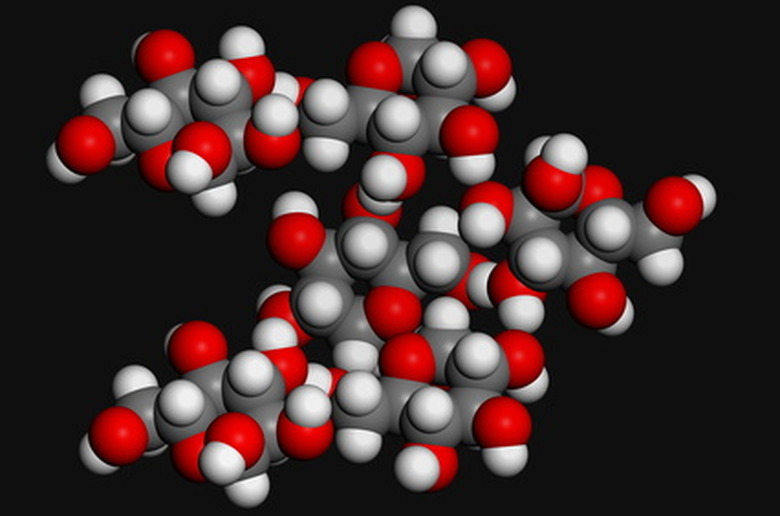How To Identify Types Of Isomers
Isomers are compounds with the same molecular formula but different chemical structures and activity. You may have learned that there are three basic types of isomers—structural and geometric isomers and enantiomers—when actually there are just two types (structural and stereoisomer) and several subtypes. You can tell them apart by their bonding patterns and how they take up three-dimensional space.
Step 1
Identify structural (constitutional) isomers by their bonding patterns. The atoms of the compounds are the same but they are connected in such a way as to make different functional groups. An example would be n-butane and isobutane. N-butane is a straight hydrocarbon chain with four carbons while isobutene is branched. It consists of a straight hydrocarbon chain with three carbons and a methyl group coming off the middle carbon.
Step 2
Identify stereoisomers by their arrangement in space; the compounds will have the same atoms and bonding patterns but will be arranged differently in three-dimensional space. Geometric isomers are actually a type of configurational stereoisomer.
Step 3
Note whether the isomers have restricted rotation around a bond, such as a double bond. These are geometric isomers. They will have cis-trans differences across their restrictive bonds—meaning opposite placement of functional groups or atoms on either side of the bond.
Step 4
Identify whether the isomers have tetrahedral centers (with four different groups and/or atoms arising from a central carbon). These are a subtype of isomer called an optical stereoisomer that can then be identified as either an enantiomer or diastereomer. If the isomers are nonsuperimposable mirror images of each other they are enantiomers; if they are nonsuperimposable nonmirror images of each other they are diastereomers.
TL;DR (Too Long; Didn't Read)
When building isomers with models, note that if you can twist (rotate) the shapes across a single bond to make them match they are not isomers. Try this mentally for the same results. Note that diastereomers and enantiomers can have single chiral centers or double chiral centers but the definition distinguishing them remains the same (that is, whether or not they're nonsuperimposable mirror images).
Cite This Article
MLA
Mullenniex, Anne. "How To Identify Types Of Isomers" sciencing.com, https://www.sciencing.com/identify-types-isomers-6974436/. 24 April 2017.
APA
Mullenniex, Anne. (2017, April 24). How To Identify Types Of Isomers. sciencing.com. Retrieved from https://www.sciencing.com/identify-types-isomers-6974436/
Chicago
Mullenniex, Anne. How To Identify Types Of Isomers last modified August 30, 2022. https://www.sciencing.com/identify-types-isomers-6974436/
